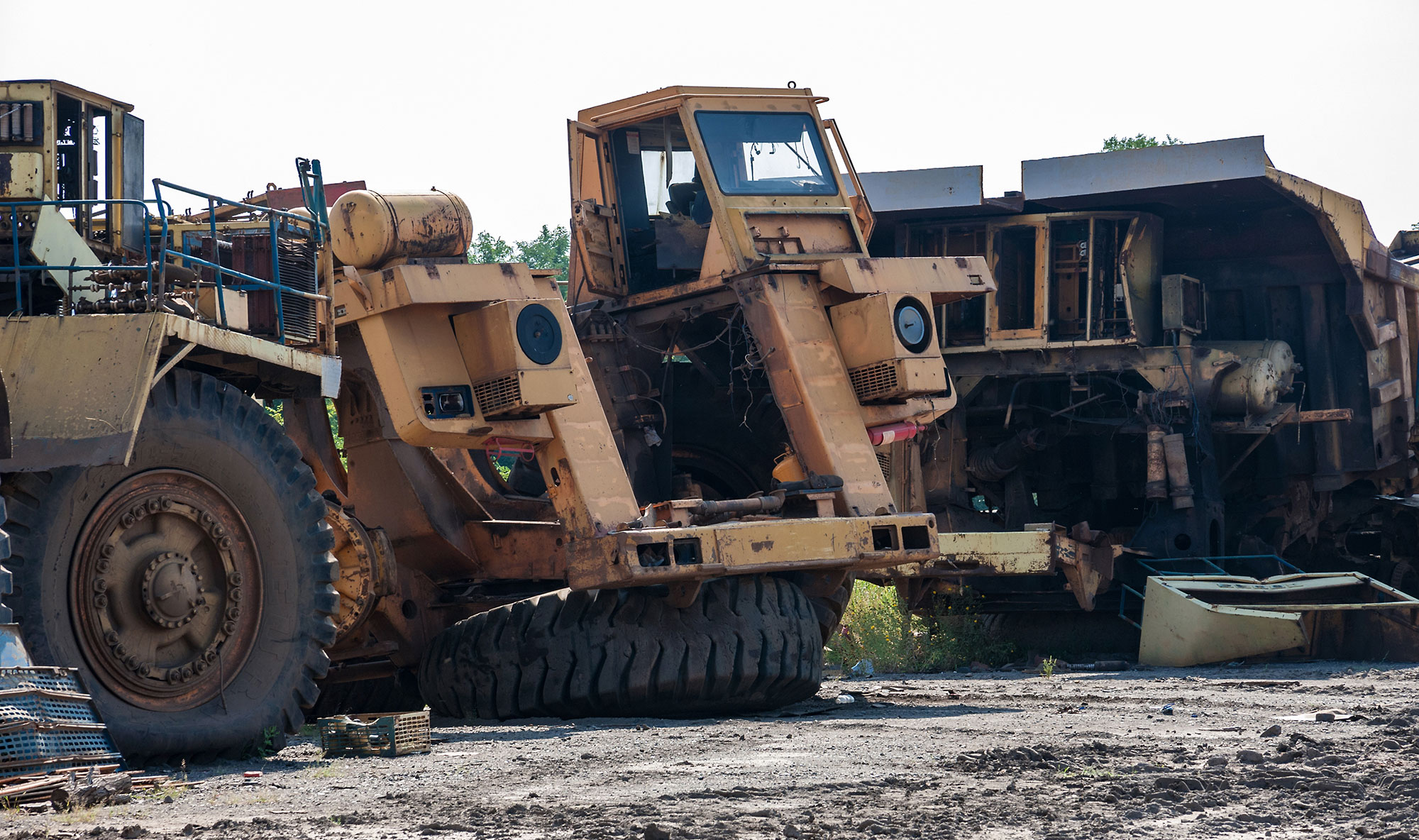Large Tractor Fire
With loss investigations, the engineer/investigator will often encounter situations which can present safety challenges and even hazards. In some cases, such as machinery breakdown or fires, many potential hazards exist. The engineer must be aware of the situation; proper safety is critical to ensuring a complete and successful investigation.
In general, the safety concerns when investigating equipment and machinery can include physical hazards such as sharp objects, as well as environmental hazards such as harmful vapors. The engineer/investigator must prepare in a proper manner when conducting investigations. For example, when investigating combustion appliances or equipment, one potential hazard is the presence of carbon monoxide within the area. Carbon monoxide is odorless and invisible; engineers and investigators must have proper detection equipment as carbon monoxide (and other harmful gases) has no order or appearance.

Case Study: Large Tractor Fire
The assignment was to examine a large (300 HP+) tractor which had been involved in a fire. The assignment was to examine the tractor to determine the origin and cause of the fire. A few critical safety items are outlined below which were required for a successful investigation.
The tractor which was the subject of the assignment was considered a total loss. The tractor was used to transport grain carts. After the fire, the tractor had been taken to a wrecker yard where it could be examined.
- Equipment such as heavy equipment, on-highway trucks, and vehicles are often located in wrecker/tow yards where the engineer must be mindful of additional moving heavy equipment/traffic. Often large wheel loaders are used to transport or relocate vehicles; bright clothing, safety vests, flags, even flashing lights are recommended to aid in alerting the wheel loader operators of your presence.
The fire had consumed most of the components of the tractor. Various components and remains had spilled and were located on the ground around the tractor.
- Puncture hazards are common with fire scenes. Sharp objects may go unnoticed. Proper attire including puncture-resistant boots are critical.
After the initial walkthrough of the tractor remains, the process of determining the fire origin and cause continued. By using the observations of fire effects, such as flame patterns, thermal discoloration/deflection, and/or relative mass loss, the origin of the fire event was determined. Mass loss and other fire effects suggested the fire originated below the cab area.
- Confined spaces are often encountered. Proper training with confined spaces is crucial for a successful investigation. In this case, the area below the cab (fire origin) was accessible, however the limited access presented a confined space hazard.
As the investigation continued, numerous areas involving electrical wiring/conductors were observed to contain indications of electrical activity. The observed indications included copper material from the large battery cable conductors which had embedded into other material, including a hydraulic hose fitting. Upon further investigation and documentation, various large conductor remains were observed to continue to arc to other conductors and the tractor frame - the tractor was still “hot”, or energized.
- The hazardous condition, in this case, was that the tractor remained connected to the battery and was energized, even up to discovery during the investigation. In general, fire department crews will sever battery connections with equipment and vehicles when they extinguish the fire. In this case, the batteries which served the tractor remained connected, which presented an electrical hazard.
In the case of the tractor, the fire cause was determined to be wiring/conductors which had not been secured in a proper manner. These large conductors were allowed to rub/chafe to each other as well as additional components, including the frame which exposed the bare conductor. Evident by the embedded copper material, arcing between energized conductors and components (frame) took place. The arcing provided a competent ignition source for a fire to take place. Fuel was readily available in the form of elevated levels of dust and debris - common with agricultural equipment.
Safety is, and always will be, a primary concern. The engineers with EDT have extensive experience and training to handle any scenario with loss investigations. When the examination takes place, proper planning and preparations are performed to ensure safety.
About the Author
Michael W. Dickenson, P.E., CFEI, CVFI is a Consulting Engineer in our Nashville, Tennessee Office. Mr. Dickenson provides technical consultation and analysis on commercial, industrial, and residential incidents involving mechanical and heavy equipment. His services include origin and cause, failure analysis, damage assessment, interpretation of codes and standards, and evaluation of fire and explosion origin and cause.. You may contact him for your forensic engineering needs at mdickenson@edtengineers.com or (615) 915-5255.
Learn about how EDT Forensic Engineering & Consulting approaches commercial and industrial damage assessments and analyses, origin of fire and forensic engineering by assigning a file today.

